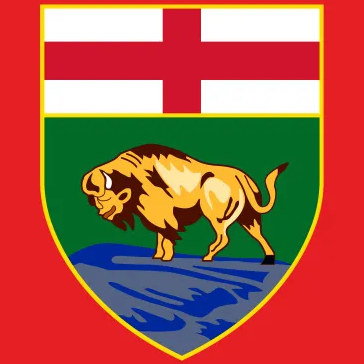Unfortunately, infrastructure doesn’t solve the social issues in town. But it’s good to see investment happening – with luck it’ll keep the town alive in the long term eventuality of mine closures. Flin Flon is struggling now.
Hopefully stuff like the pool will have a long-term impact of some sort, but it’s obviously nothing close to a silver bullet.
I lived in the NWT for a long time (and also lived in Thompson), so it gave me some perspective on the northern economies. I’m not an economist though, so I don’t have a real good plan. I do, however, see things that are clearly not working.
However, I’m also not a fan of fly-in fly-out mining. And Thompson is a great example here – it was set up as a remote mining camp and the miners literally had a strike forcing the company to build the town so they could live with their families. However, almost all new mines, unless they’re established immediately adjacent to existing infrastructure, are set up so that no town ever forms. I think that building out our infrastructure and establishing new communities is important, and mining towns play a huge roll in that. Hell, Yellowknife is a great example – established as a mining town and mostly stays alive now without the mines under the streets.
But I’m also of the opinion that any place without a primary economy should be allowed to die, rather than get propped up forever. Using the NWT as an example: there are 20 something towns in NWT, but only two of them have a functioning primary economy: Yellowknife and (barely) Hay River. The government keeps trying to move government services to the other towns to keep people employed. So your health card renewal paperwork is processed in Inuvik, for example. But now they have to pay extra to get someone to live somewhere where no one in their right mind wants to live, and the cost to the rest of the economy gets worse due to inefficiencies. MB doesn’t do a lot of this (compared to the NWT), but with potential end-of-mining looming over Thompson, and already affecting Flin Flon, I suspect that this will become a thing to prop up dying towns.
I think it’s a conundrum - on the one hand, communities should probably have a reason exist.
On the other hand, you could argue that “people live here” should be enough. But that’s obviously not sustainable.
It’s only sustainable if the government pours money into the communities to keep people living there. Whether intentional or not, many reservations are like this. Farming or mining communities, on the other hand, usually simply vanish.
In managed economies (like the Soviet Union), they could force spawn communities and populate them with whomever they were forcibly relocating there. Many of those communities still exist today (look at a map of the steppe in Kazakhstan and you’ll see a map of prison colonies).
Canada tried some similar things, but I don’t think they are politically palatable – See: Resolute Bay or similar. They forced the people to move, but didn’t create the primary economy required for the communities to thrive.


